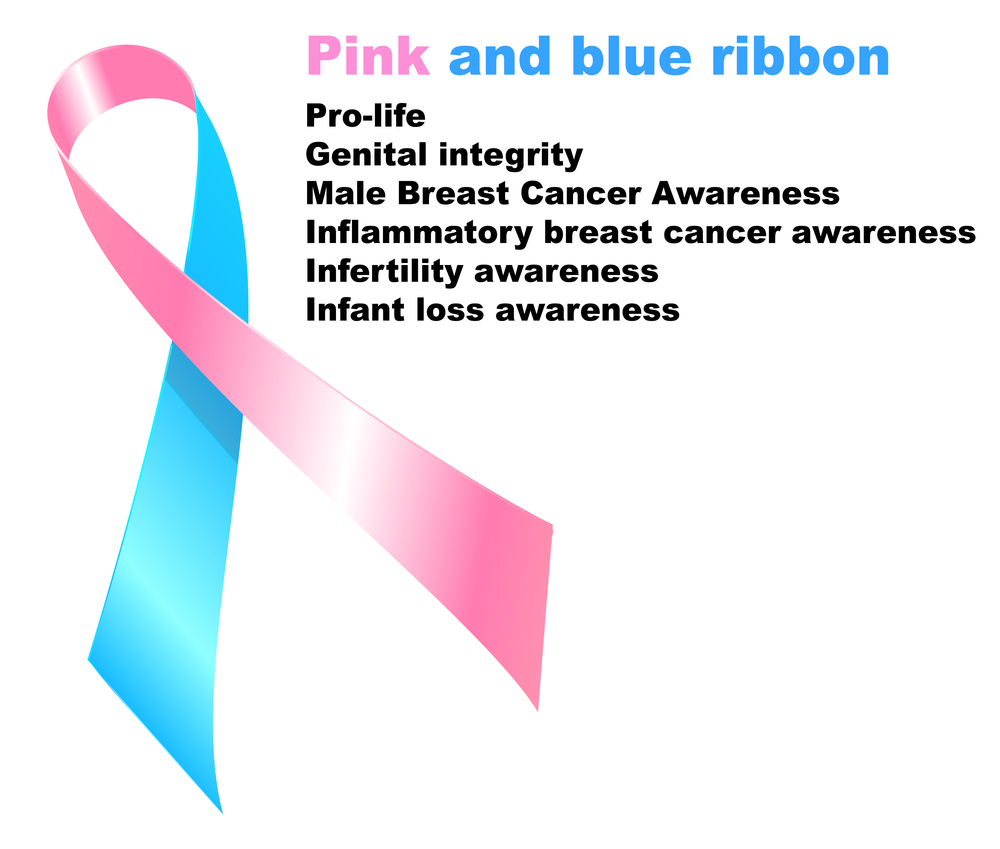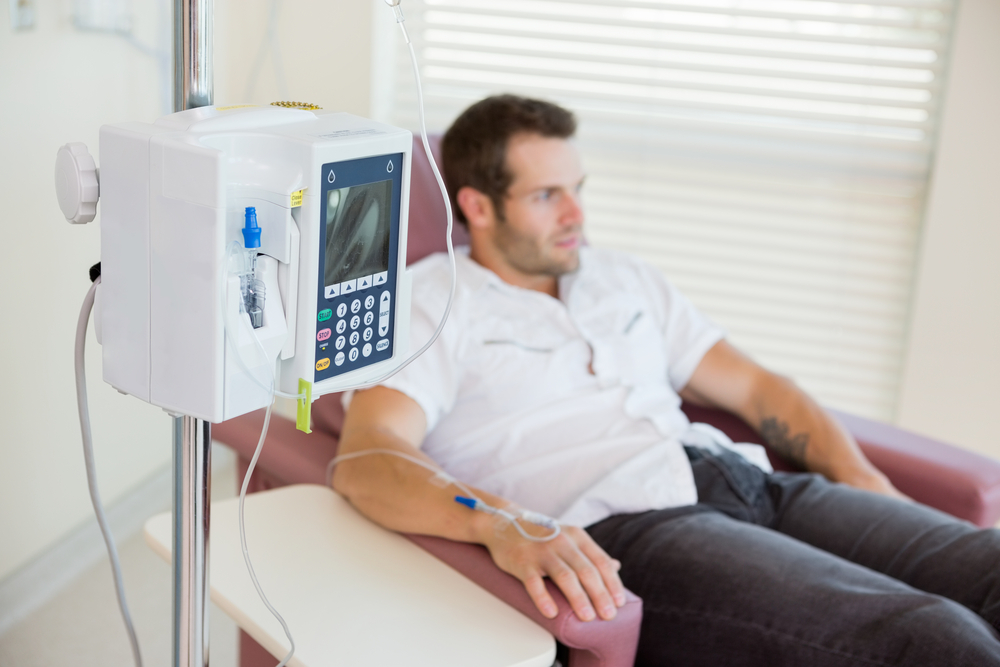Although men have the breast tissue, they don’t have breasts like women. Their breasts are similar as breasts of girls before puberty. In girls, breast tissue grows and develops, but in men, it doesn’t. There is still a chance of male breast cancer because it is still a breast tissue. Men can also develop symptoms of breast cancer that women do, but cancers involving the parts that make and store milk are rare. It has been reported in the United States study that about one percent of breast cancer develops in males. An estimated 2,200 new cases are diagnosed in the year 2013 in the United States out of which 410 cases of deaths occur.
Detailing male breast cancer:
Male breast cancer is a very rare type of cancer in men under the age of 35. Basically, as the age of men progresses their chances of developing this deadly disease goes up. Men between the ages of 60 – 70 are at high risk of developing breast cancer. There are various other factors that may cause this deadly disease, these are as follows:
- Radiation exposure
- Breast cancer in a close female relative (mother or sister)
- Klinefelter’s syndrome (an inherited condition)
- Certain drugs or hormone treatments, or even some infections
- Taking estrogens
- Severe liver disease (called cirrhosis)
- Diseases of the testicles or testicular injury
Symptoms of male breast cancer:
Behind every disease, whether mild or severe, there are signs and symptoms. The main symptom is a hard lump in one of the breasts, which is usually painless. The lump is located underneath the nipple and areola (dark colored skin surrounding the nipple). Moreover, it is very important for you to note that the majority of breast lumps happen due to a condition called gynaecomastia, which is common and non-cancerous condition when male breast tissue becomes enlarged. Gynaecomastia condition can be caused in men due to some medications, heavy alcohol consumption, weight gain, or marijuana. Below are some of the symptoms of male breast cancer that are less common, these include:
- Nipple becomes hard and inflamed
- Unusual nipple discharge
- Nipple begins to turn in on itself (nipple retraction)
Additionally, there are advanced symptoms of male breast cancer too. This happens when the cancer spreads from your breast to other parts of the body and the condition is known as metastatic breast cancer. Some of the symptoms of metastatic breast cancer include:
- Swelling of the lymph nodes (glands), usually in or around the armpit
- Feeling tired all the time
- Bone pain
- Shortness of breath
- Itchy skin along with yellowing of the skin
- Nausea
If you feel like these symptoms, then you should rush to your doctor immediately because earlier the diagnosis is earlier the cure.
How male breast cancer is diagnosed?
Diagnosis of male breast cancer requires various tests. These are mentioned below:
- Mammogram- Mammogram is a type of X-ray used to determine any changes in breast tissue that may result in cancer. This test is not a painful situation, if your breasts are correctly positioned. You doctor will perform this test by taking an X-ray image which will produce a clear image of the inside of your breast.
- Biopsy- Your doctor will identify the cancer cells in tissue specimens by obtaining the sample of the breast tissues called mass or tumor and the technique is known as biopsy. Basically, any or certain change in the male breasts is easily accessible and also palpable (located by feel). Furthermore, this test is performed by your doctor using a fine needle by inserting into the mass and tissue of the suspicious area. Then, a microscopic examination of the collected is done by a pathologist.
- Staging- After diagnosing the cancer, your doctor will inform you about the stage of the cancer. Staging refers to a system, which is used to describe how far a cancer has spread. As other stages of cancer, male breast cancer is also curable if diagnosed early. It has been reported that more than 40% cases of breast cancers in men are diagnosed at later stages. If your cancer is detected at the later stages then your doctor will treat it by controlling the symptoms and slow the spread of the cancer. Unfortunately, in some cases, men are also diagnosed with ductal carcinoma in situ (DCIS) cancer. This is a type of male breast cancer in which cancer cells in the breast cannot spread and if the cancer ducts left untreated, then DCIS can lead to invasive breast cancer.

Treatment of male breast cancer:
Treatment of cancer depends upon the stage of it and overall physical condition of the patient. Generally, the treatments for male breast cancer are the same as for the breast cancer in women. There are various treatment options of male breast cancer, these are as follows:
- Surgery- Surgery is recommended by the doctors and is regarded as the initial treatment for breast cancer. The surgery involves an operation called mastectomy, which is a procedure that involves the removal of the entire breast along with the nipples and lymph nodes in the armpit. In various cases, some part of the muscle under the breast may also be removed during surgery if there is a risk of spreading the cancer to the area. There are some complications following the surgery, these include numbness or tingling sensations at the site where the surgery has been performed, painful swelling in the arms, legs, and chest.
- Radiotherapy- This is a type of treatment, which involves a machine that releases high energy waves to destroy cancerous cells. Radiotherapy is performed a few weeks after surgery to prevent returning of the cancerous cells. Radiotherapy course involves two to five sessions a week over a period of three to six weeks and the session lasts for 10 to 15 minutes. Some of the common side effects of radiotherapy include extreme tiredness (fatigue), soreness, redness on the breast, and nausea.
- Hormone therapy- 90% of male breast cancer cases are estrogen receptor positive. Estrogen is typically a hormone found in low levels in men and this therapy aims to block the effects of estrogen on the breast tissue to prevent the cancer reoccurring after surgery. Hormone therapy involves Tamoxifen medication, which is used for treating male breast cancer. Some of the side effects of this therapy involves the reduction in libido (loss of sexual desire), inability to maintain an erection (erectile dysfunction), and headaches. Erectile dysfunction or ED is common side effect of this hormone therapy, but men can overcome from ED problems by taking ED pills or drugs or medicines like sildenafil or tadalafil. Men can also avail other erection supplements or medications from over the counter or from various online supplement stores.
- Chemotherapy- Chemotherapy is the treatment procedure, which is only given to the patient where hormone therapy remains ineffective because the cancerous cells are not estrogen receptor positive (ER+). This treatment procedure is performed in combination with other cancer killing medications. The chemotherapy treatment is usually given every two to three weeks and lasts for six months. Some of the common side effects of chemotherapy are hair loss, skin rashes, infertility, loss of appetite, mouth ulcers, and tiredness.

Also Read: Pink Ribbon: Understanding Breast Cancer.
Final words:
It’s your life and your choices that which way you want to live, but if you find any change on the chest region, then don’t ignore it because it may cause some of the above mentioned symptoms. If you find any change in your breast, then rush to your doctor, he will prescribe you or recommend you the best and effective procedure.
Get useful health tips and remedies regularly, on your Facebook feeds.



